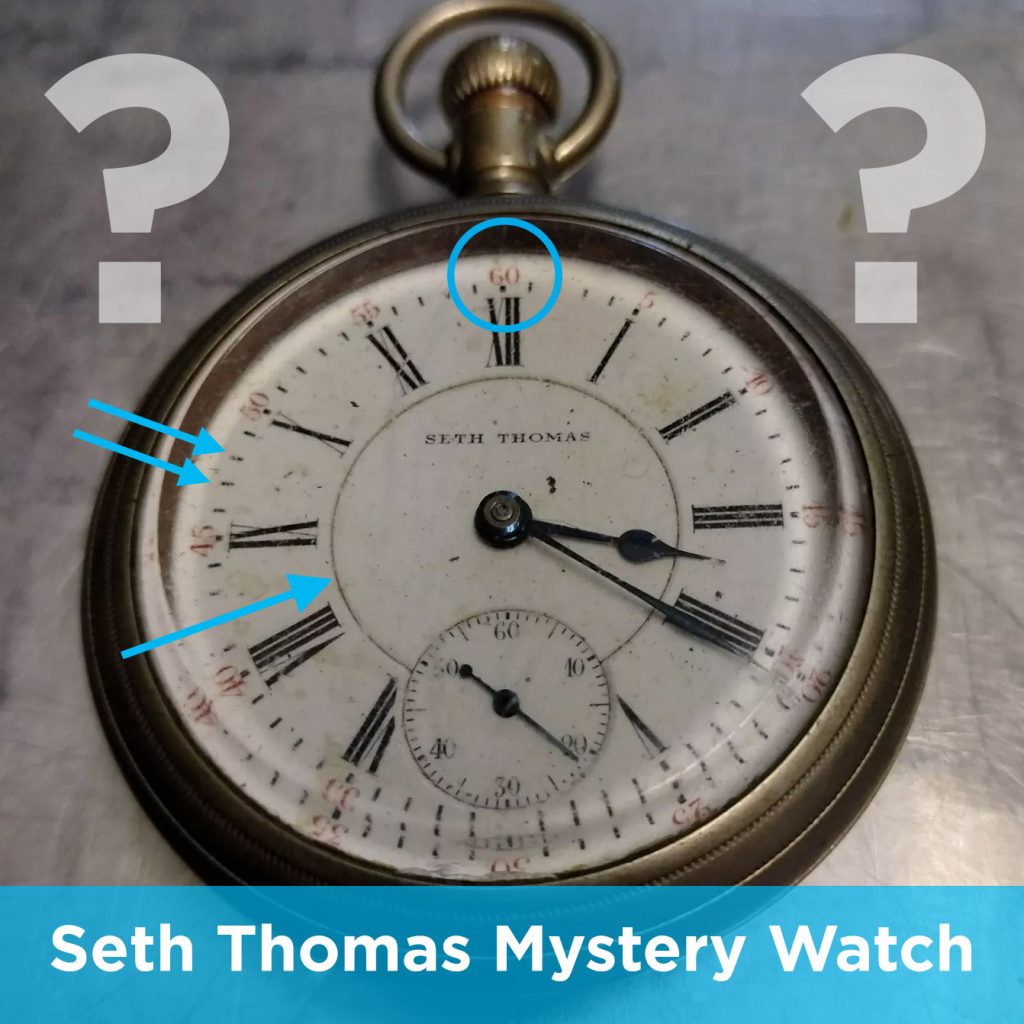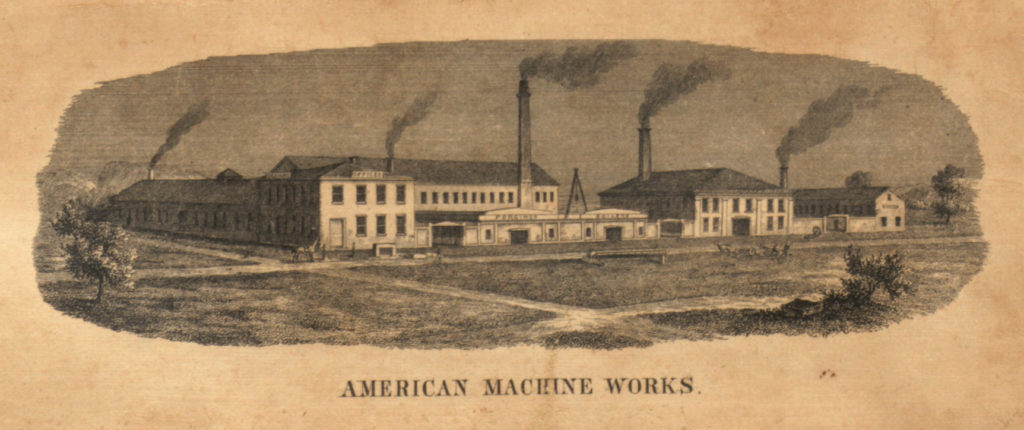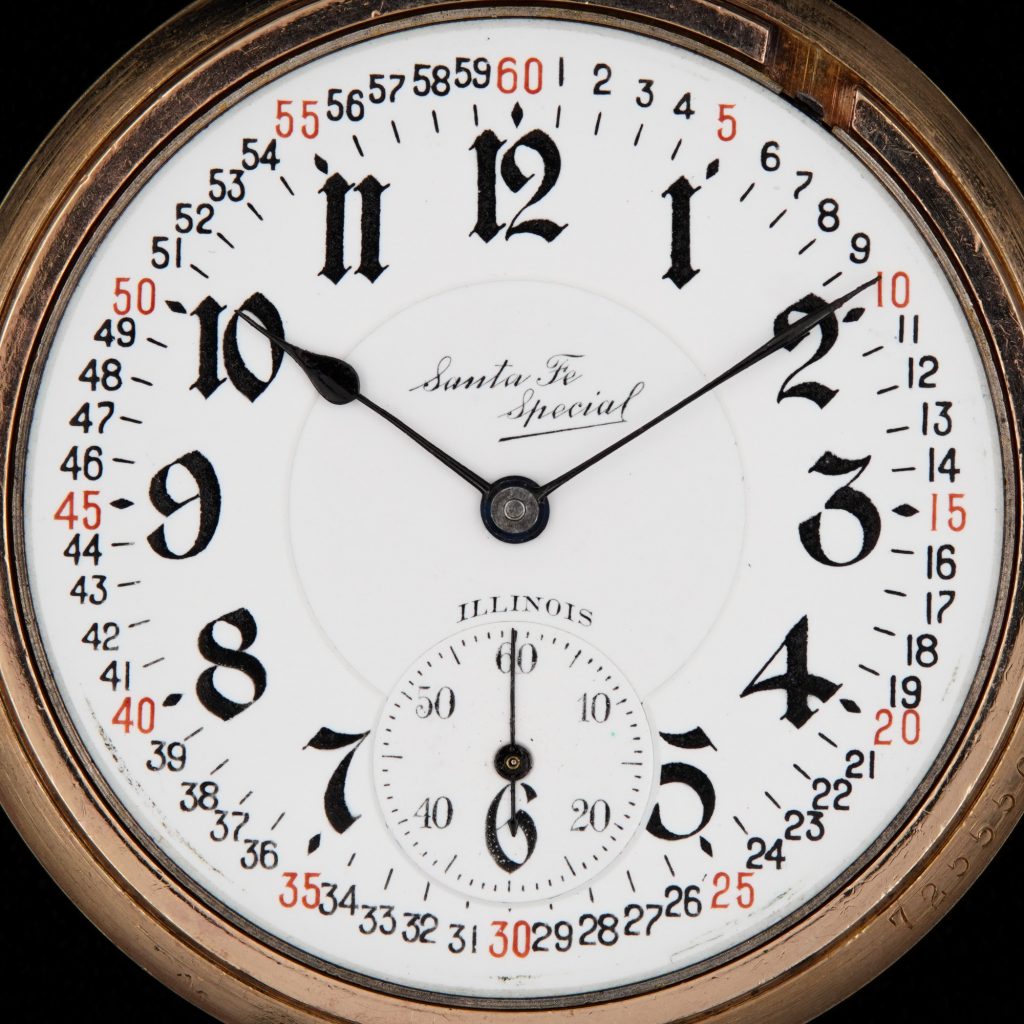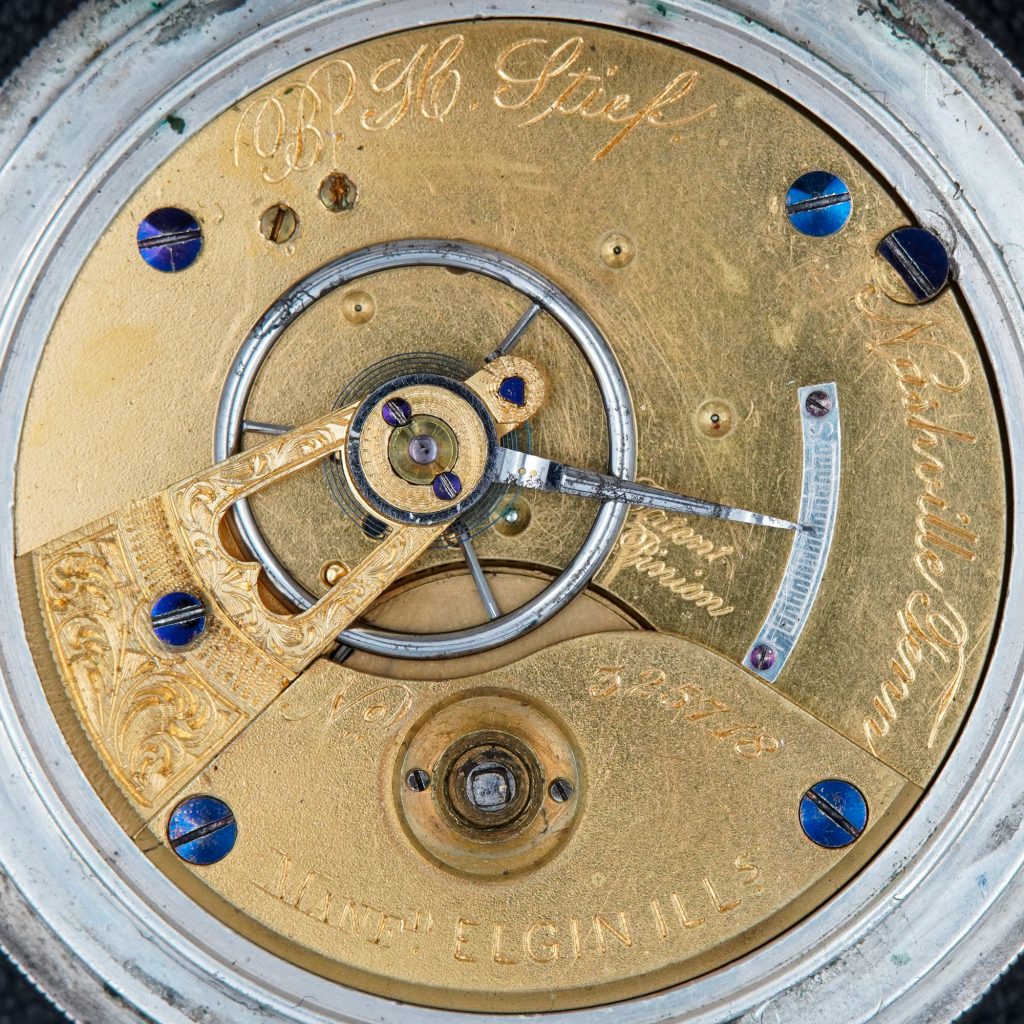Analyzing the Seth Thomas Mystery Watch

Earlier this week, I purchased a Seth Thomas pocket watch without seeing images of the movement, sometimes called “buying the dial.” While the watch is in transit, I thought it would be an interesting exercise to compile my observations to try to identify the movement behind the dial – just for fun.
This particular dial caught my attention because it was double-sunk – a feature typically reserved for the finer Seth Thomas grades. The watch was priced reasonably enough to take a chance on, even though there were no photos of the movement. Anytime I purchase by “buying the dial,” I am prepared for the possibility of a disappointing result – one time, the dial did not even match the manufacturer of the movement!
A few assumptions are required when jumping into a deal like this – assumptions that very well could end up being incorrect. First, it must be assumed that the dial has not been swapped at some point in time. If it has been swapped, all guesses can be thrown out. Secondly, it must be assumed that the dial was originally paired with a movement from the factory as a standard issue (not a special request). Some watch companies would allow customers to request certain dials on movements ordered, especially if the request was for a larger quantity.
So, when I make a purchase like this, I understand these risks and accept the potential of a disappointing outcome.
Size & Model Assessment
Through a series of evaluations and a process of elimination, we can come up with a “short list” of possible grades.
Based on the type of case (swing-ring) and overall size, the watch almost certainly houses an 18-Size movement. The stem is also located at the 12:00 position. So, we can begin our search with the 18-Size open-face models manufactured by Seth Thomas. Using the Pocket Watch Database, we find seven possible models that fit these traits: 1, 3, 5, 6, 8, 10, and 12.
Working backward, we know the Model 10 and Model 12 were utilized for the company’s lower-end “Century” watches and movements of similar class. Since none of these were fitted with a double-sunk dial, we can eliminate them from the list of possibilities.
The Model 6 and Model 8 were both part of the “Eagle Series.” The best standard grade in the “Eagle Series” was the 210 with 17 Jewels, a grade that was fitted with a double-pressed dial. Since no movements in the line featured a true double-sunk dial, we can also eliminate this set of models – leaving Model 1, Model 3, and Model 5.
The Model 1 was the company’s flagship model, introduced in 1885. It was quickly replaced by the Model 3 before any of the grades were offered with double-sunk dials. For that reason, Model 1 is out.
That leaves the Model 3 and Model 5 as possible options for our Seth Thomas mystery watch.
Dial Assessment
The next characteristic that can be used to help identify this watch is the dial – particularly the style around the perimeter of the dial. Earlier watches tend to have a “ring” track with concentric circles, while later dials have delimited hash marks. The presence of a 5-minute track is also a notable feature that can assist in identifying the estimated manufacturing date.
The dial on our Seth Thomas mystery watch is a double-sunk Roman Numeral dial with a red 5-minute track, dial #1228 in the 1904 Seth Thomas Material Catalog. This dial was priced in the same class as the most premium Seth Thomas dials available, suggesting an equally premium watch movement behind the dial.
The 5-Minute track started to appear on Seth Thomas dials in the 1890s, overlapping the eras of the Model 3 and Model 5. However, when evaluating the minute track style, we find that surviving examples of Model 3 movements feature dials with the ring track, while the Model 5 examples exhibit both ring track and hash mark styles, suggesting the style transition occurred during Model 5 production. Since the dial on our Seth Thomas mystery watch features a hashed track with red five-minute markers, the watch is most likely an 18-Size Model 5.
While factories fitted a wide variety of dial styles on movements, grades were typically paired with a particular type of dial specified for that class of movements. Since this watch features a double-sunk dial, we can direct our attention towards the advertised grades offered by Seth Thomas that were fitted with a double-sunk dial at least some point during production: Maiden Lane, 510, 282, 382, 248, and 260.
While I would love for the watch to end up being a Maiden Lane, the likelihood that this is a Maiden Lane is extremely low, especially with the Roman Numeral dial.
How about the Grade 510? To my knowledge, no surviving examples of the Grade 510 have been discovered to date. However, it is reasonable to conclude that these would feature dials similar to the 506 (Model 3) and the 508 (Model 2), which were at the same level in the product line. For this reason, Grade 510 could be a match for our mystery watch.
Grades 282, 382, 248, and 260 were all advertised as featuring a double-sunk railroad dial, suggesting Arabic numerals. As expected, nearly all of the surviving examples of these grades feature Arabic dials.
A handful of early 182 Special movements have also been found with double-sunk dials, even though there are no advertisements from the era that specify the dial type.
In my eye, the dial on the mystery watch looks to be more from the earlier era of Model 5 grades. If so, it would rule out the 282, 382, and 248.
This leaves the Maiden Lane, 510, 260, and 182 Special. A Maiden Lane or 510 would be a significant find. A 260 would also be an impressive outcome. But, based on the overall probability, I am expecting an 182 Special.
Reveal coming soon…




Excellent article and while I don’t collect Seth Thomas watches, your story of watch sleuthing to find it’s identity was very interesting!
Thanks, Paul! It was a fun journey.